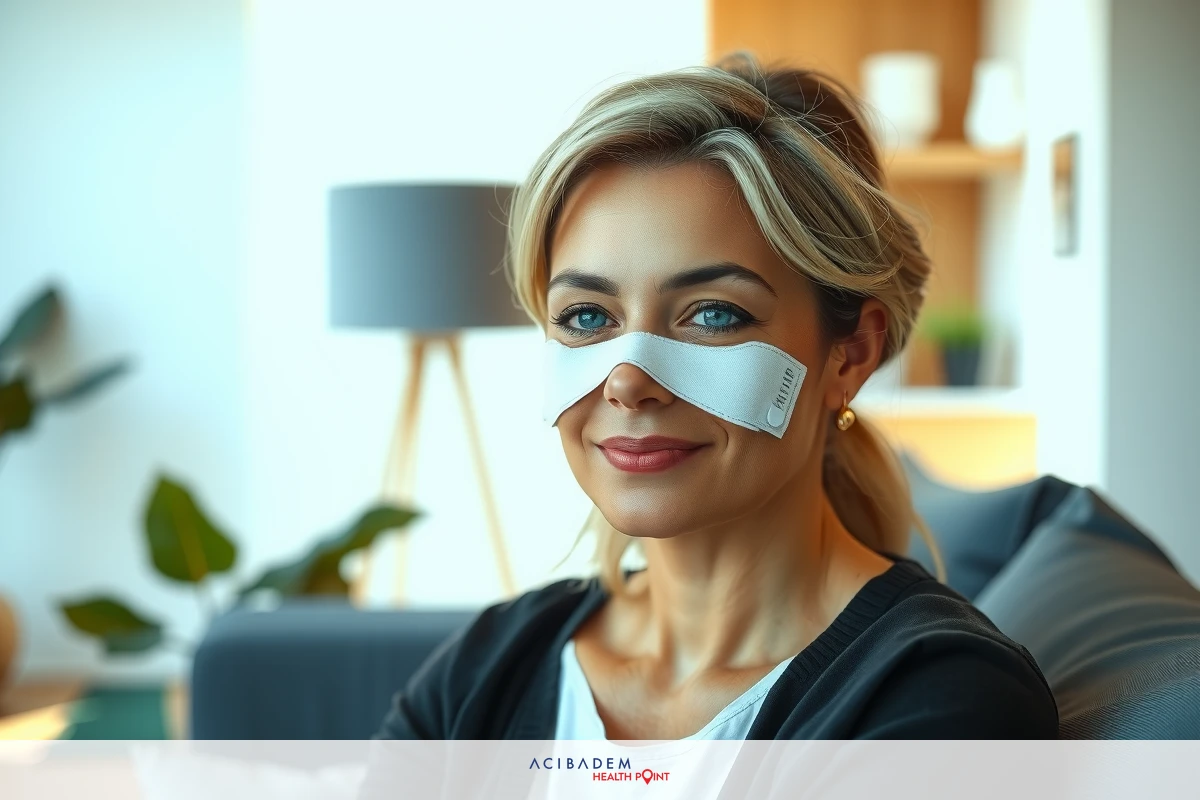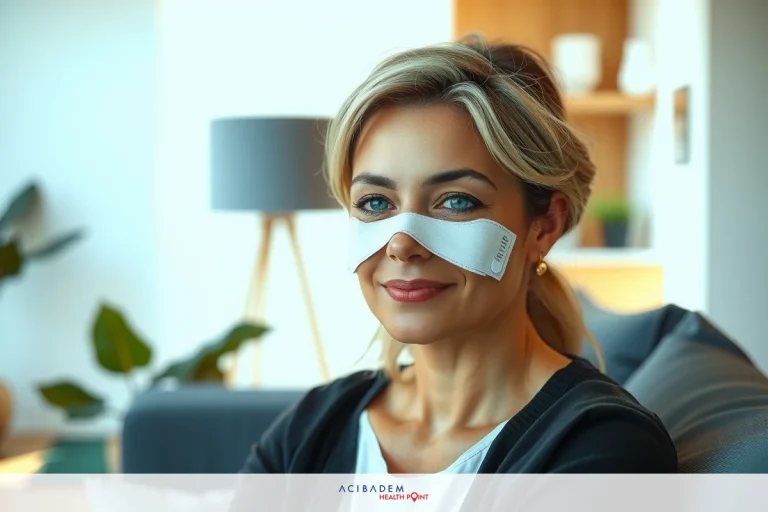How to Heal Rhinoplasty Fast
How to Heal Rhinoplasty Fast Rhinoplasty, commonly referred to as a nose job, is a common form of plastic surgery. Many people undergo this operation for aesthetic reasons or to rectify breathing problems. One of the primary concerns for patients after the surgery is how to accelerate the healing process. This article provides insights and tips on how to recover swiftly post-rhinoplasty.
Post-operative care plays a crucial part in fast and efficient recovery from rhinoplasty. By following recommended guidelines, patients can ensure their healing process goes smoothly. Besides that, integrating healthy lifestyle habits into your daily routine can also play a vital role in speeding up recovery. Attending all follow-up appointments with your surgeon will help monitor progress and address any potential issues promptly.
Post-Surgery Care
The healing process after rhinoplasty starts with effective post-surgery care. One of the most important recovery tips is to follow your surgeon’s instructions to the letter. These guidelines are custom-tailored to your specific condition and will be instrumental in ensuring a fast and smooth recovery. Always keep your head elevated, even when sleeping, to minimize swelling and promote faster healing. Avoid strenuous activities and exercises as they can potentially lead to complications.
Proper wound care is also an integral part of post-surgery care. It’s essential to keep the surgical site clean and free from infection. Regularly changing dressings according to your doctor’s instructions is key. This action helps prevent bacterial build-up and promotes faster healing of the surgical wound. While cleaning, be gentle to avoid disturbing the surgical site which could delay the healing process.
Another critical aspect of post-surgery care revolves around nutrition. Consuming a diet rich in vitamins and proteins aids in faster recovery by promoting cell repair. Hydration is equally important; drinking plenty of water flushes out toxins and reduces swelling. Avoid alcohol and smoking as these can slow down the healing process significantly. With these tips, patients can navigate their rhinoplasty recovery journey more effectively, promoting fast and efficient healing.
Healthy Lifestyle Habits
Having healthy lifestyle habits is a significant factor that can influence the speed and quality of recovery after rhinoplasty. These habits are not just beneficial for your general health, but they also play an instrumental role in ensuring that the healing process goes smoothly. Here are some important practices to incorporate into your daily routine.
- Nutrition: A well-balanced diet is crucial for recovery. Foods rich in vitamins C and E, zinc, and protein can help to accelerate healing by boosting cell regeneration and reducing inflammation.
- Exercise: While vigorous physical activity should be avoided during the initial post-surgery period, gentle exercises such as walking can be beneficial. It aids in circulation, contributing to a faster recovery.
- Sleep: Good quality sleep is essential for healing. It’s when most of your body’s repair processes take place. Make sure you’re getting enough sleep every night.
- Stress Management: High-stress levels can slow down the healing process. Techniques like meditation, deep breathing, and yoga can help manage stress levels effectively.
- Hydration: Drinking plenty of water keeps your body hydrated and helps flush out toxins that could slow down the recovery process.
By incorporating these healthy habits into your lifestyle, you can help your body heal from rhinoplasty faster and more efficiently.

Follow-up Appointments
Follow-up appointments after rhinoplasty surgery are a critical part of the recovery journey. These visits provide an opportunity for your surgeon to assess the progress of your healing and ensure everything is proceeding as expected. Missing these appointments could lead to complications going unnoticed, which can potentially slow down recovery. Consistent check-ups also allow the surgeon to monitor for any potential signs of infection or other issues that may hinder fast healing.
The importance of these surgeon visits cannot be overstated. They provide a platform for patients to voice any concerns or ask questions about their recovery process. If you’re experiencing unusual symptoms or if the healing seems slower than expected, these appointments are the perfect time to bring it up. Your surgeon can then provide insight and possibly adjust your post-surgery care plan to address these issues, promoting faster recovery.
Progress monitoring through follow-up appointments also offers psychological benefits. Knowing that a medical professional is closely tracking your healing progress can provide peace of mind. It reassures you that any deviations from the normal recovery path will be promptly identified and addressed. For those looking to recover from rhinoplasty as quickly as possible, attending all scheduled follow-up appointments should be a priority.
Frequently Asked Questions
How long does the recovery process after rhinoplasty typically take?
The recovery timeline can vary from patient to patient, but most individuals can expect initial swelling and bruising to subside within a few weeks. However, complete healing and final results may take several months. It's important to follow your surgeon's post-operative care instructions to ensure a smooth and timely recovery.
What can I do to manage pain during the recovery period?
Your surgeon will prescribe pain medication to help manage any discomfort you may experience after rhinoplasty. It is crucial to take the medication as directed and discuss any concerns or side effects with your surgeon. Additionally, applying cold compresses intermittently in the first few days following surgery can help alleviate swelling and provide some relief.
When can I resume my normal activities after rhinoplasty?
Each individual's recovery is unique, and it is important to consult with your surgeon for specific guidance. Generally, you may need to take a week or two off from work or school to allow for initial healing. Strenuous activities, contact sports, and heavy lifting should be avoided for at least six weeks post-surgery.
Will there be visible scarring after rhinoplasty?
In most cases, incisions are made inside the nose or in inconspicuous areas, resulting in minimal visible scarring. However, it is essential to follow proper wound care instructions provided by your surgeon to minimize scarring and promote optimal healing.
Can I wear glasses or sunglasses after rhinoplasty?
It is best to avoid wearing glasses or sunglasses that rest on the bridge of your nose during the initial healing phase. Your surgeon may recommend alternative options such as taping the glasses or using a forehead strap to prevent pressure on the surgical area. It is important to consult with your surgeon for personalized advice based on your specific situation. Remember, it's always best to consult with your surgeon for personalized answers and guidance based on your unique circumstances and recovery progress.











